Toyota LandCruiser was first imported from Japan for the Snowy Mountains Scheme. Marking the birth of Toyota in Australia, it was the first time that the Japanese company had sold cars to the overseas market.
Sixty years later, Snowy Hydro announced its plans for a $2 billion expansion, and FleetCrew is hiring Toyota LandCruisers for the Snowy Hydro 2.0 scheme. As a leading provider of Toyota LandCruiser 4WD hire vehicles, FleetCrew has been involved in the early stages of the Snowy Hydro 2.0 scheme. Our Toyota Landcruiser 4WDs – including the 70 Series Single Cab and Dual Cab Tray Backs along with the Prado and 200 series Wagons – have been used for feasibility studies and are available for hire for the duration of the scheme.
To celebrate this mammoth scheme, we share the history of Toyota LandCruiser in Australia. Find out how Toyota Land Cruiser came to Australia, and how it became one of Australia’s most popular 4WD vehicles. Find out about each series of the LandCruiser!

Australia’s Snowy Mountain Scheme started in 1949 and is the largest public works engineering scheme that’s ever been undertaken in Australia. This scheme was constructed over 25 years and had over 100,000 workers.
The scheme generates hydro electricity from the water and snow of the Snowy Mountains and diverts it to use for irrigation water on the western side of the Great Dividing Range. It is the most complex, multi-reservoir hydro schemes in the world and has over 140 kilometres of tunnels and 15 large dams.
The scheme required rugged 4×4 vehicles that could work in the hostile and demanding environment of the Snowy Mountains. Land Rover was the vehicle of choice in the early days of the scheme, but the company was struggling to keep up with demand.
In the late fifties, Thiess, the world’s largest mining services provider, went looking for a vehicle that would be suitable for their contract work on Australia’s Snowy Mountains Hydro-Electric Scheme. The Thiess brothers were true pioneers, in every sense of the word. From their humble beginnings as road contractors on the Darling Downs, the five brothers won the largest contract awarded to an Australian company for the Snowy Mountains Scheme.
In 1959, Thiess imported a handful of LandCruisers from Japan, as a tough workhorse that would be capable of withstanding the harsh terrain of the range.
The history of the LandCruiser began after World War II in the early fifties. With origins from the Toyota Jeep, BJ which was created in 1951, the name ‘LandCruiser’ has since been used from the release of the 20-series in 1955. What started as Toyota Jeep BJ, became known as LandCruiser in 1955. From its origin as a military vehicle, the Toyota LandCruiser has become a favourite vehicle for 4WD enthusiasts, families, farmers, mining companies, tour operators and more.
20 series:
Years: 1955-1960
Although there were ten models from FJ20-FJ29, the FJ25 was positioned as the standard vehicle for the Japanese market. The 20 series had a three-speed gearbox and a gutsy 3.9-litre six-cylinder Type F gasoline engine. Thiess imported at least twelve FJ25 LandCruisers for the Snowy Mountain Hydro Scheme.
40 Series:
Years: 1960-1984
In 1960, the Thiess brothers saw the potential to introduce the Queensland farming industry to the LandCruiser. Sir Leslie Theiss imported the FJ40 directly from Japan a model with a low range gearbox and more powerful petrol engine. New models including the FJ47 Troopy and FJ45 wagon were ideal for the tough terrain of Australia’s outback.
By 1962, Toyota gave Thiess the job of importing their vehicles to Australia, for commercial purposes.
In a few short years, Toyota LandCruiser’s popularity exploded, and it became the 4WD of choice for mining companies, farmers, Army and remote travelling workers. Toyota had started to make its name in Australia.
In 1971, a Thiess-Toyota partnership established the commercial vehicle business in Australia. The production of Toyota engine began in Toyota’s new Altona plant in 1978.
55 Series:
Years: 1967-1980
Fast forward to the 55 series. The FJ55 offered a few small comforts and had a four-door body. This was the era of recreational 4×4 touring, bus touring, and the interest in family 4WDing was booming.
60 Series:
Years: 1980-1990
November 1980 and the 60 series LandCruiser is released in Australia. The 60 Series Landcruiser was Toyota’s first attempt to make a comfortable and capable 4WD. The LandCruiser was transitioning from a basic working vehicle to a passenger vehicle.
The 60 Series proved to be highly successful for Toyota, and these models are still much loved today. Yes, there are still die-hard fans of the 60 series LandCruiser.
80 Series:
Years: 1990-1997
The Toyota LandCruiser becomes the biggest selling 4WD wagon in Australia.
By the ’90s with the introduction of the 80 series, the Toyota LandCruiser got a more modern and rounded look, and the 4WD transitioned from an outback vehicle to a city one.
With six-cylinder petrol, diesel or direct injection turbo diesel engine, the 80 Series combined power with form and style, with a luxury interior, ABS and coil springs.
100 Series:
Years: 1998-2007
The 100 series debuted, even with no loss of popularity of the prestigious 80 Series. The luxury factor made the 100 series an instant hit in the Australian market.
The series faced tough competition from other luxury SUVs including the BMW X5 and Mercedes Benz M-Class.
200 Series:
Years: 2007-present
Since then the iconic LandCruiser has grown up even more. Currently, in production as the J200 Series, Toyota has made leaps and bounds with beefed-up safety and technology. With its smart suspension systems, improved braking, and 4WD speed control system, the vehicle is a pleasure to drive on and off the road. Toyota LandCruiser 200 series is rugged and refined, boasting an incredibly comfortable interior.
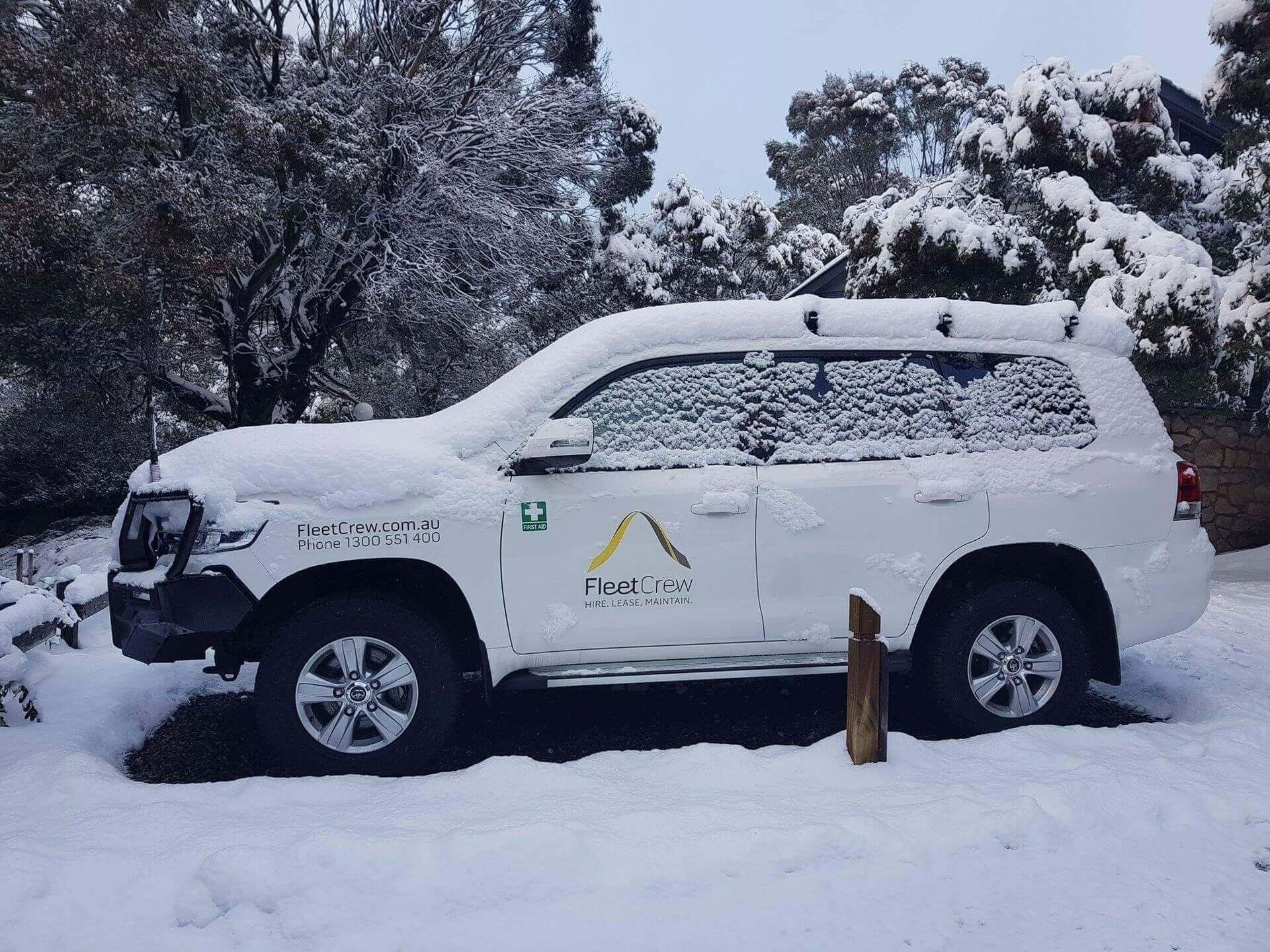
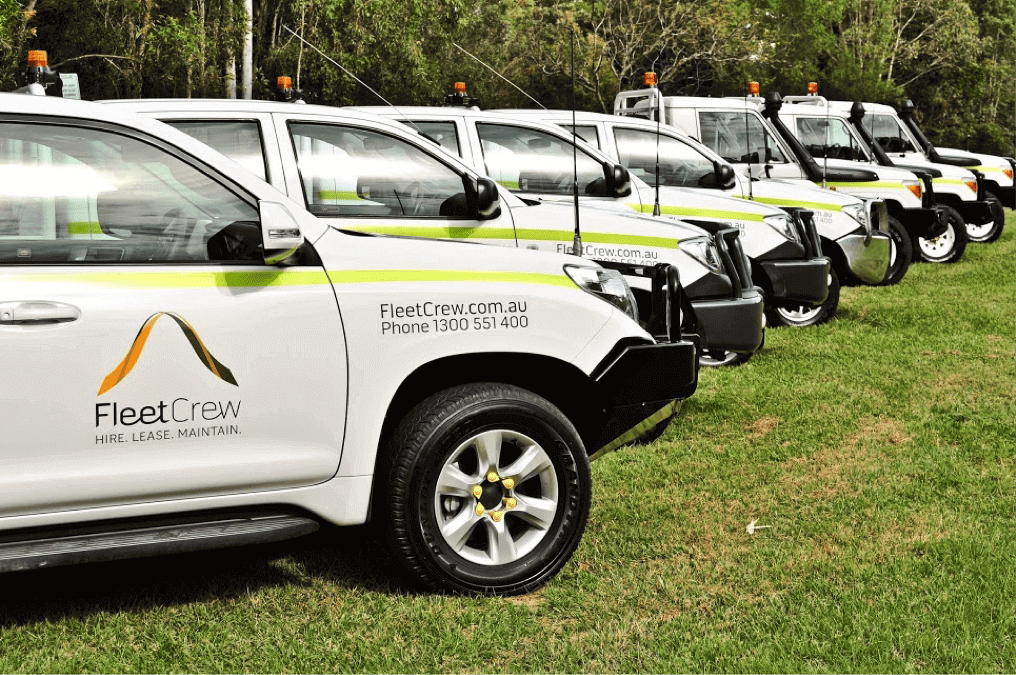
In 2017, the ‘Snowy Hydro 2.0’ Scheme was given a green light. The $2 billion project is designed to future-proof Australia’s electricity grid and increase electricity generation capacity by up to 2000 megawatts, and at full capacity, provide approximately 350 000 megawatt hours of energy storage.
FleetCrew is a leading provider of LandCruiser 4WDs available for hire for the Snowy Hydro 2.0 Scheme including:
70 Series:
Includes the Troop Carrier, Single Cab, Dual Cab and Wagon.
[su_custom_gallery source=”media: 8025,8026,8027,8028″ width=”600″ height=”300″]aaa[/su_custom_gallery]
Prado Wagon:
200 Series:
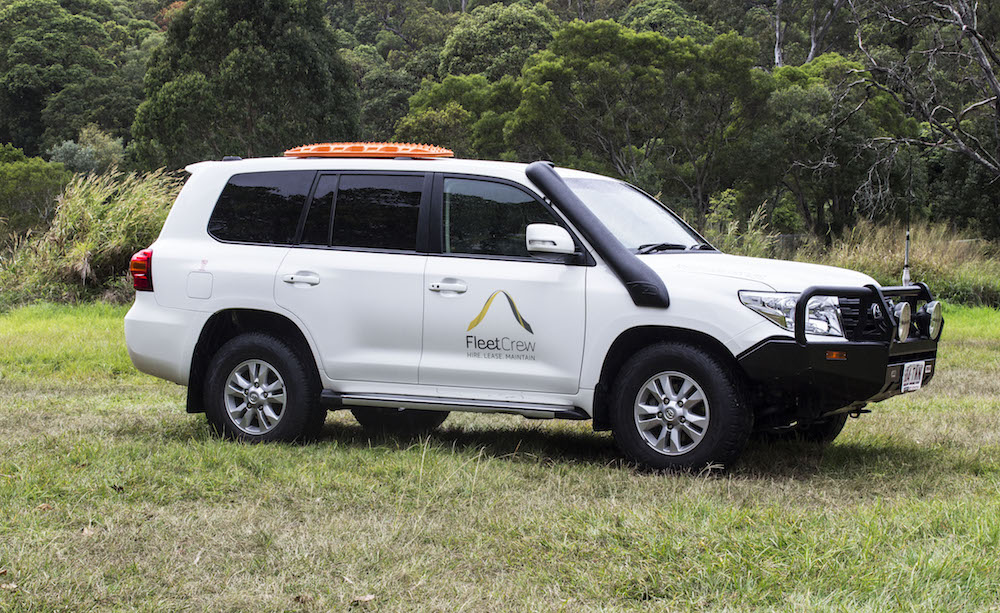
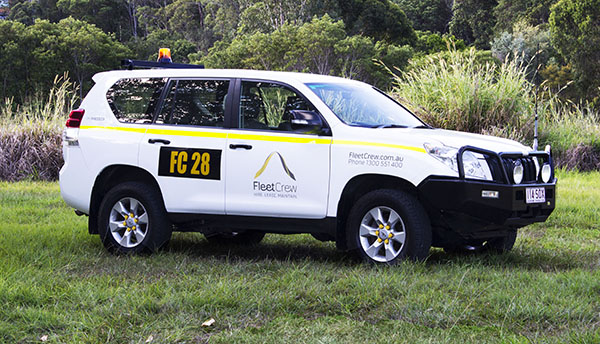
Hilux
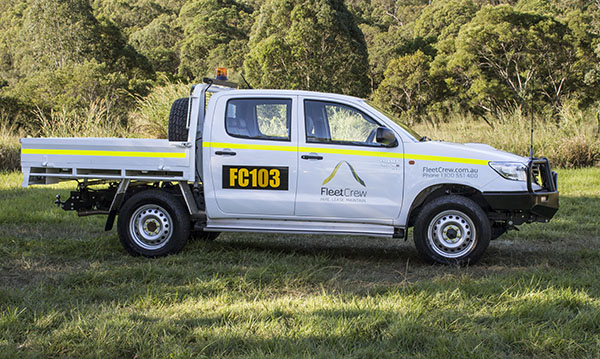
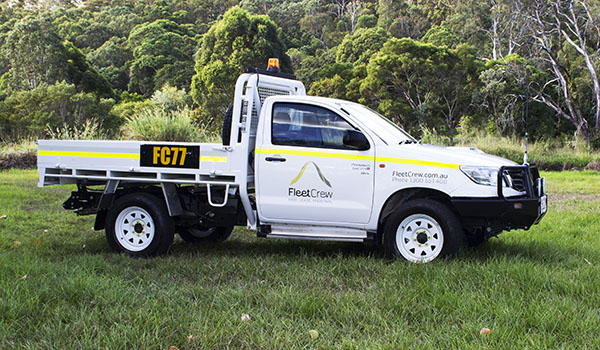
Contact us today to discuss your civil construction project needs. Our modern and reliable Toyota LandCruisers are available for short, medium and long-term hire.
Find out why several decades after the Snowy Mountain Hydro-Electric Scheme commenced, Toyota LandCruiser is still leading the way in reliable, powerful and functional 4WD vehicles. The Toyota LandCruiser Prado, 70 & 200 Series, available for hire from FleetCrew, will exceed your driving expectations and deliver a luxurious and stable vehicle for Australia’s rugged terrain.
If you have an enquiry or would like more information then please fill in the enquiry form and we will get back to you asap during business hours.
If you are seeking a quote for a particular vehicle/s, please visit our Get A Quote page or if want to further information, please visit our FAQs page.
Providing 4WD Hire Vehicles in QLD and the Eastern States
Monday – Friday: 7.30am – 5.00pm